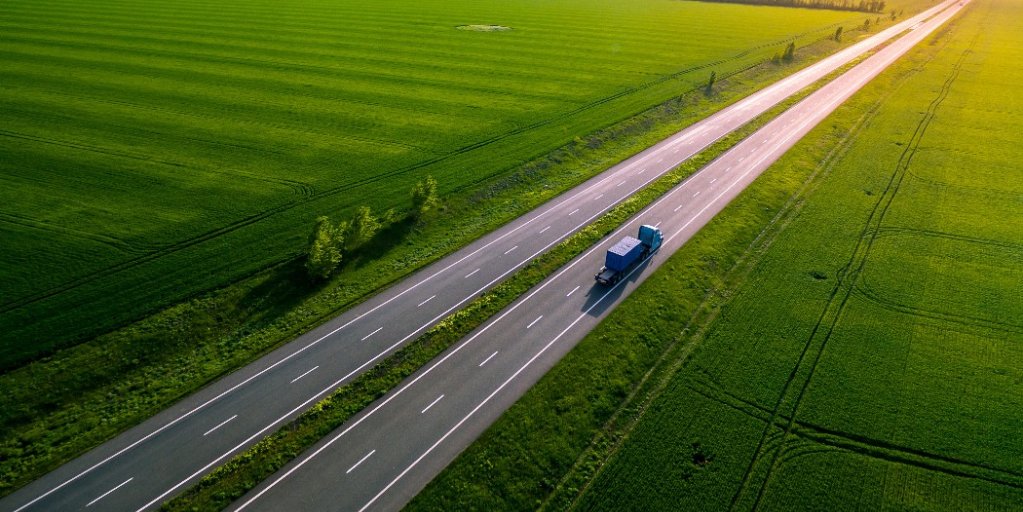In this context, sea freight and air freight play a significant role as two of the major modes of transportation for goods. However, both sea and air freight come with their own unique set of environmental challenges. Sea freight is a cost-effective and energy-efficient mode of transportation that is responsible for the majority of international trade.
However, the large ships used for sea freight can emit large amounts of greenhouse gases and contribute to air pollution. Additionally, oil spills and other environmental disasters associated with shipping can have serious consequences for the environment and local communities. Air freight, on the other hand, is a faster mode of transportation but is also a significant contributor to greenhouse gas emissions and air pollution. The emissions from aircraft engines are a significant contributor to global warming and climate change.
The Sustainable Freight Buyers Alliance says that freight transport accounts for 8% of global CO2 emissions, with a predicted increase to 42% by 2050. Freight forwarders hold important procurement power and can support the transition to a more sustainable logistics industry. By asking and opting for sustainable transport products, they can help shift the dial and reduce emissions. They can also be advocates for digitalization, which can help identify pain points and efficiencies in the supply chain to improve sustainability.
The Indian scenario
India has been increasingly adopting green logistics in both sea and air freight. The aim is to minimize carbon emissions and reduce the negative impact of transportation on the environment.
Sea freight has been transitioning towards cleaner and more efficient ships that run on alternative fuels such as liquefied natural gas (LNG) and biofuels. Indian ports have also implemented green initiatives such as waste management and reducing single-use plastic.
Air freight has also been embracing sustainability through the use of lighter materials for packaging and implementing fuel-efficient technologies for planes. Airlines in India have been partnering with carbon offset programs to mitigate their carbon footprint.
The way forward
To address these challenges, green logistics practices have been developed to minimize the environmental impact of the sea and air freight. This includes initiatives such as using more fuel-efficient ships and aircraft, reducing emissions through the use of alternative fuels, and implementing sustainable waste management practices. Additionally, companies are also looking at alternative modes of transportation, such as rail or road, to reduce their carbon footprint.
Green logistics and ocean freight have a promising future in India, as the country aims to adopt sustainable and environmentally friendly practices in its transportation and shipping industries. The Indian government has initiated various measures to reduce carbon emissions and improve efficiency of its logistics and transportation sector, including the development of inland waterways and coastal shipping.
Additionally, with India’s growing economy and increasing demand for goods, there is a growing need for efficient and sustainable ocean freight and logistics solutions. Companies are investing in technologies such as digitalization, automation and renewable energy to improve efficiency and sustainability of their operations, Overall, the future of green logistics and ocean freight in India looks positive and is likely to drive growth and innovation in the country’s transportation and shipping industries.
Conclusion
In conclusion, green logistics is crucial for reducing the environmental impact of transportation and mitigating the effects of climate change. Both sea and air freight have their own unique set of challenges and opportunities, and it is important to address these through the implementation of sustainable practices and alternative modes of transportation. The only way to change this is to be the first to lead by example. If more and more businesses start working on sustainability, the rest will eventually follow along. In addition, new supply chain technologies that make achieving sustainability easier might work to motivate other players in market.
India's efforts in green logistics have been gaining momentum, with both sea and air freight sectors taking steps towards sustainability. This shift is not only environmentally responsible but also helps to create a more cost-effective and efficient transportation system.
Contribution by the company in attainting the green sustainability mission:
ColliCare logistics has taken several green initiatives to reduce its environmental impact. Some of these initiatives and awards include:
-
Eco-lighthouse certification: It has achieved the Eco-lighthouse certification, which is a Norwegian environmental certification for businesses. This certification recognizes companies that take a systematic approach to reduce their environmental impact.
-
Carbon-neutral transport: It offers carbon-neutral transport options to its customers. The company offsets the CO2 emissions from its transport operations by investing in renewable energy projects.
-
Sustainable packaging: It has introduced sustainable packaging options to reduce waste and environmental impact. This includes using recyclable materials, reducing the size of packaging, and eliminating unnecessary packaging.
-
Electric vehicles: It has invested in electric vehicles for its transport operations. The company has a goal to make its entire vehicle fleet electric by 2025.
-
Green Supplier Award: It has received the Green Supplier Award from the sports retailer XXL. This award recognizes suppliers that have taken significant steps to reduce their environmental impact.
Overall, ColliCare is committed to reducing its environmental impact and has taken several green initiatives to achieve this goal.
Sources:
- https://www.maersk.com/insights/growth/key-trends-in-freight-forwarding-in-2023
- https://www.ajot.com/news/top-challenges-of-sustainable-logistics-and-how-to-overcome-them
